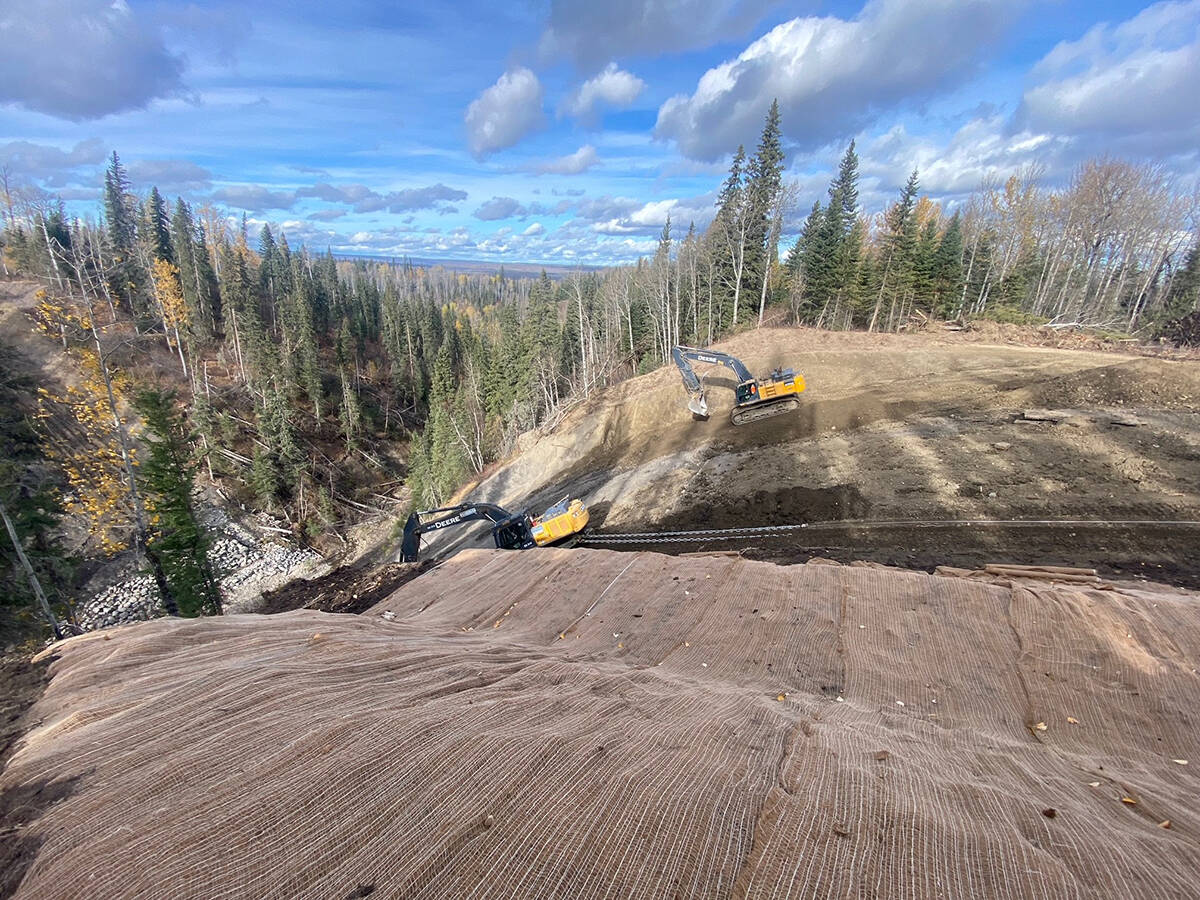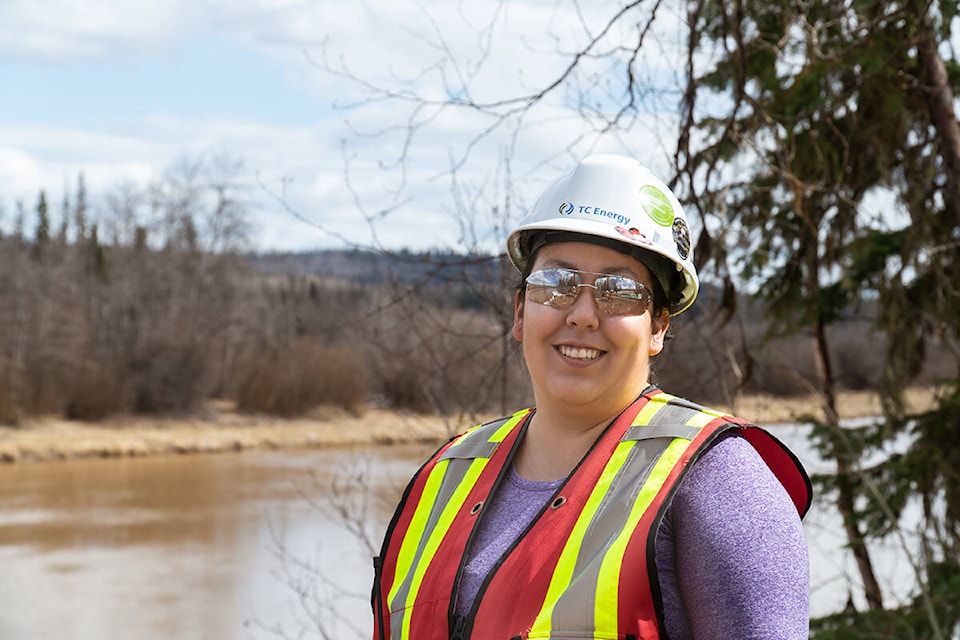As work continues across Coastal GasLink’s 670-kilomtre project route, we are entering our last stage of pipeline construction in Section 1. Beginning near Dawson Creek and running 92 kilometres southwest, reclamation work is ongoing to restore the land along the project route to its pre-construction state, while reflecting important local and Indigenous feedback such as traditional land use and cultural knowledge.
“Our reclamation plan is designed using feedback from environmental specialists, and Indigenous communities. We continue to monitor and take care of the environment even after construction. I think that really shows just how committed we are to the well-being of the environment and communities around us,” explains Joel Forrest, Coastal GasLink’s Director of Environment, Land, Regulatory & Law.
Our reclamation process includes three stages: clean-up, revegetation and post-construction monitoring.
When construction concludes, crews remove all construction equipment, waste, and debris, so they can begin re-establishing and restoring topsoil, wildlife habitat, and sacred areas. Where applicable, trails and travel ways will be returned back to pre-construction levels of access. Our crews also conduct reclamation activities for all watercourse crossings, and fishing areas.
Once this is done, vegetation experts provide recommendations for seed mixes or planting prescriptions to supplement natural regeneration to re-establish biodiversity, while also minimizing weeds. We’ll also work with local and Indigenous contractors to carry out planting of trees and species of ecological and cultural concern, where appropriate, to supplement natural regeneration in forested areas.
At every step of the project lifecycle, Construction Monitoring and Community Liaison (CMCL) Advisors are in the field to observe, record and report on activities within their traditional territories and report back to their communities.
“I’m being a steward to my land, and I’m being a defender. I’m out here to observe and witness what’s happening, and be the voice for my community,” said Ashley, Construction Monitoring & Community Liaison Advisor.
Final cleanup of Section 1 will continue into late 2022 with Section 2 following into 2023. Once reclamation is complete, five-years of post-construction monitoring begins which includes assessments of landscape, vegetation, wetlands, access control, and wildlife to ensure reclamation efforts are successful. Additional mitigations will be implemented, as required, based on monitoring results.

Reclamation is an important component of Coastal GasLink’s commitment to creating a legacy of safety and respect for all people, communities and environment, well beyond construction completion.
“It’s a reassurance, knowing that our wishes and our traditional territories are being respected. You won’t even know that a pipeline is here when it’s done,” said Walter, Construction Monitoring & Community Liaison Advisor.
Learn more about how Coastal GasLink is protecting the environment at CoastalGasLink.com.
